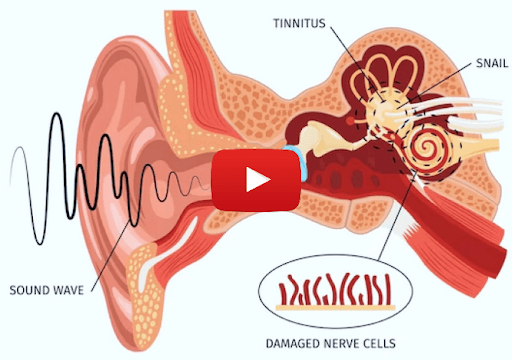Plantar Fasciitis: Diagnosis and Treatment Strategies | Ep. 8
In the latest episode of the Rehab Science Podcast, Dr. Tom Walters helps unravel the misconceptions around plantar fasciitis, now aptly termed plantar fasciopathy, a condition marked by degenerative changes and thickening rather than inflammation.
Originally coined as plantar fasciitis due to its presumed inflammatory nature, recent research has warranted a shift in terminology. The suffix “-itis” implies inflammation; however, evidence now suggests the lack of significant inflammatory processes, predominantly indicating structural changes instead.
Individuals with plantar fasciopathy experience pain primarily in the sole of the foot, frequently manifesting in the heel to ball transition zone. These phenomena are underscored by degenerative changes observable through MRI and ultrasound imaging, notably seen at the heel bone insertion point.
The etiology of plantar fasciopathy remains partly enigmatic, although strong correlations exist with lifestyle factors and ageing. Overuse or new physical activities, increased standing durations, or suboptimal footwear can provoke this condition, with peak incidence occurring between 45 to 65 years of age.
Patients characteristically report 'startup pain', noticed when rising after prolonged rest. These symptoms commonly exacerbate by day's end or after rigorous physical activity. An intriguing statistic found in research is that one in ten people are likely to encounter this in their lifetime, with one-third potentially experiencing it bilaterally.
Most cases (90-95%) see improvement with conservative care spanning a potential duration of 12 months. Central to treatment is the emphasis on stretching exercises targeting especially the calf structures to quell attached plantar fascia stress.
Studies juxtaposing custom orthotics with over-the-counter solutions show minimal disparity in outcomes. Hence, easily accessible options like 'Superfeet' may provide substantial benefit without the exhaustive costs attached to custom varieties.
In exceptional cases, advanced interventions might become actionable considerations. Discoveries, including shockwave therapy and limited exploration into PRP injections, emerge particularly in resistant scenarios extending past the anticipated recovery spans.
However, surgical options remain remarkably uncommon, akin to a single-digit chance within clinical perspectives relayed by practitioners such as Dr. Walters who witness rare instances warranting such invasiveness due to existing ambiguities surrounding varied surgical efficacy rates.
The discharged wisdom by Dr. Walters equips patients with insightful guidance towards handling plantar fasciopathy through mainly conservative avenues, championing natural recuperation highways through persistent low-impact routines.
- Regular stretching and targeted exercises form primary components.
- Prioritize footwear and activity adjustments responding to symptomatic sway.
- Education on lifestyle modulation significantly aids in improper stress causation abatement.
- Steer clear of surgical interventions when earlier modalities yield promised relief substantially maintained through hanging low-cost alterations allowing room for naturalistic correction fortifications over time.
To delve deeper into prescribed exercises discussed or seek additional nurturing content linked to plantar fasciopathy management, users can access corresponding YouTube libraries or obtain specialized publications orchestrated by Dr. Walters.
From Around The Web
Wellness Inbox is a blog & weekly newsletter that curates trending news and products related to health and wellness from around the web. We also gather content from various sources, including leading health professionals, and deliver it directly to you.
Please note that we may receive compensation if you purchase any products featured in our newsletter. Wellness Inbox is not affiliated with, nor does it endorse, any health professionals whose content may appear in our newsletter. The information provided is for general informational purposes only and should not be considered medical advice.
The information provided is not intended to replace professional medical advice, diagnosis, or treatment. All content, including text, graphics, images, and information available is for general informational purposes only. We do not guarantee the accuracy or completeness of any information presented and assume no liability for any errors or omissions. The content is subject to change without notice. We encourage you to verify any information with other reliable sources and consult your physician regarding any medical conditions or treatments.







